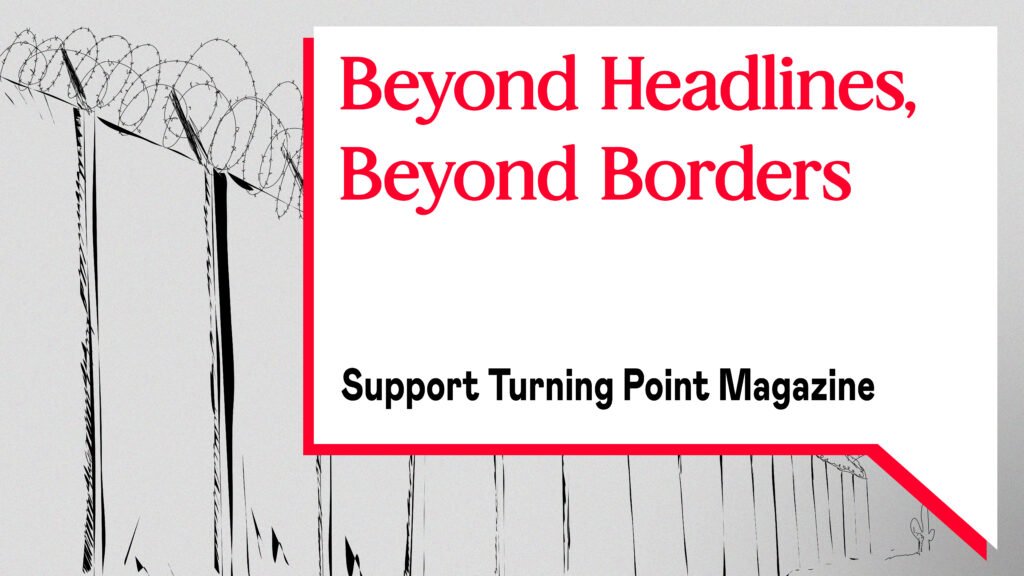
© Sofie Hecht
Tularosa, New Mexico, United States.
Family photographs hang on the wall in Andrea Carrillo’s mother’s home on Sierra Blanca Rd in Tularosa, NM. Andrea and many of her friends and family grew up on Sierra Blanca and now have cancer that they attribute to the radiation exposure caused by the Trinity atomic bomb test. Andrea’s sister died of cancer a few years ago.

© Sofie Hecht
Carrizozo, NM, United States.
Bernice Gutierrez maintains a list of family members who have had radiogenic illnesses. Bernice was 8 days old when the bomb was dropped and has survived her oldest son and many other family members.

© Sofie Hecht
Tularosa, NM, United States.
A few years after her mastectomy, Doris’s scars are still visible. Her and many of her family members have had cancer that they attribute to living in such close proximity to the Trinity atomic bomb test in 1945.

© Sofie Hecht
Carrizozo-Capitán, NM, United States.
Amber’s daily pill routine covers various health conditions, including 5 autoimmune diseases, that are rare for her age (38 years old). In the Carrizozo/Capitán area, Amber has many friends and neighbors who are getting sick in their 30s and 40s. Amber believes people get sick because “[the radiation] is in the soil.”

© Sofie Hecht
Carrizozo, NM, United States.
Cows on Paul Pino’s ranch in Carrizozo on September 23, 2023. The house that Paul’s parents and grandparents lived in in 1945 at the time of the Trinity atomic bomb test 30 miles away is still standing on their property.

© Sofie Hecht
NM, United States.
Pat Muncy Hinkle’s family grew up near this home just 13 miles away from the explosion site of the world’s first atomic bomb.

© Sofie Hecht
Tularosa, NM, United States.
Josephine Duran and her niece Doris Walters sit in Josephine’s house on September 22, 2023 watching Josephine’s great granddaughter play. Doris’s mom Lucy (Josephine’s sister) was born in the very room they sit in 92 years ago. Josephine, Doris, and many other family members that grew up in Tularosa developed cancer that they attribute to their proximity to the fallout of the 1945 atomic bomb test detonated 50 miles away.

© Sofie Hecht
San Antonio, NM, United States.
Louisa Lopez stands on her ranch in San Antonio, NM on April 19, 2023. Louisa’s husband Richard died of cancer 3 years ago and his family has been plagued by cancer for generations. Louisa and her husband joined the activist group the Tularosa Basin Downwinder’s Consortium (TBDC) after noticing high mortality rates in their community and wanting to gather data about the community’s health and cancer rates. The TBDC educates the public on the effects of radiation in downwinder communities. Trinity was detonated about 30 miles from where Louisa lives and would have been visible from their ranch. Louisa and her family believe the Trinity test is responsible for much of the cancer in their neighborhood.





